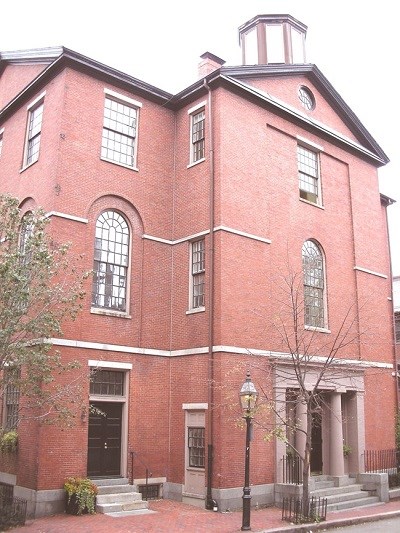
Boston African American NHS/NPS Built in 1824, this former school building originally served as the Boston English High School. It became the Phillips Grammar School in 1844, named after Boston’s first mayor, John Phillips.1 Until 1855, the Phillips Grammar School only educated White students. Black students attended segregated schools nearby, including one in the basement of the African Meeting House that moved to the Abiel Smith School on Joy Street in 1834. Equal school rights activists such as William Cooper Nell, Lewis Hayden, Benjamin Roberts, and others led protests and petition drives that compelled the state legislature to finally outlaw segregated schools in Massachusetts in 1855. Following this landmark victory, the Phillips School become one of the first public schools in Boston with an interracial student body. The Boston Herald reported on the first day of school in 1855, “In the Phillips School fifteen colored children have been admitted…The colored pupils show a commendable neatness in their dress, as well as correctness of deportment.”2 The Liberator, the radical abolitionist newspaper, also reported on the day:
In 1863, the Phillips School moved to a new building on Phillips Street (formerly Southac Street) and became the Wendell Phillips School, named after the famed abolitionist and son of the school’s original namesake. In the early 1870s, Elizabeth Smith, daughter of abolitionist John J. Smith, started teaching at the Phillips School, likely becoming the first African American teacher in an integrated Boston public school.4 Footnotes
|
Last updated: January 14, 2026
